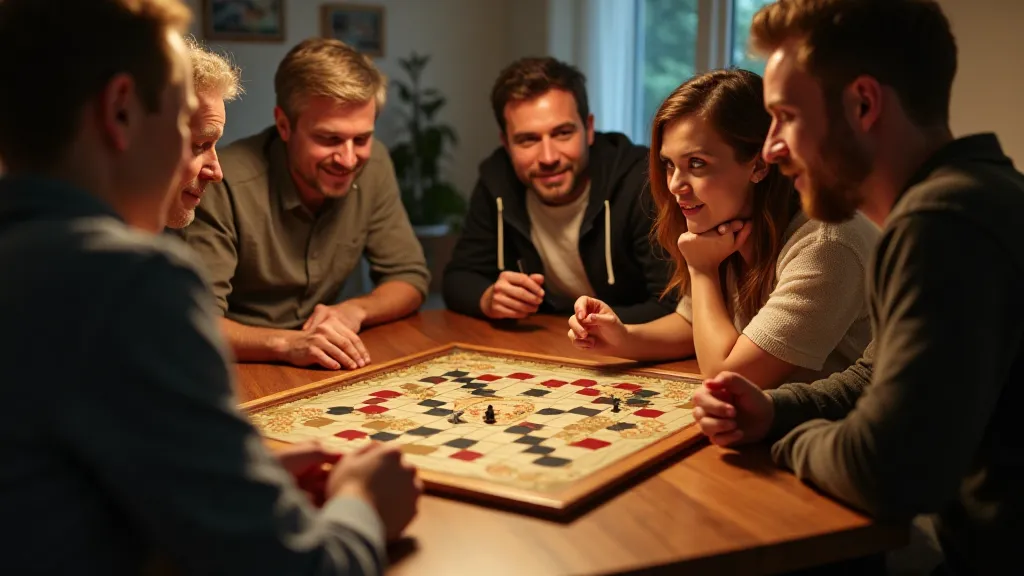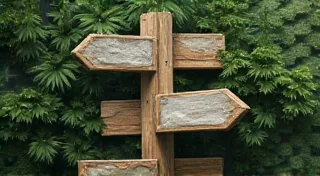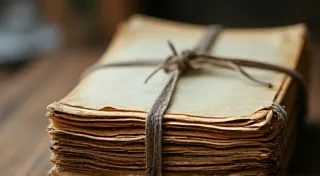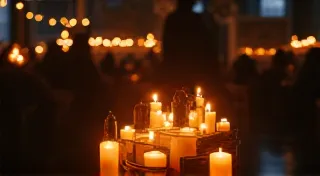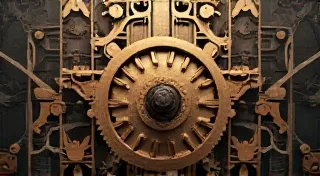Beyond the Rules: How Vintage Board Games Foster Social Connection and Community
There's a warmth that radiates from a vintage board game box, isn't there? It’s more than just cardboard and paper. It’s the echo of laughter, the ghost of shared strategies, the tangible memory of countless evenings spent connected in a way that feels increasingly rare in our digital age. Collecting vintage board games isn't simply about acquiring objects; it's about safeguarding narratives, preserving traditions, and rediscovering the profound joy of face-to-face interaction. It’s about connecting to something bigger than ourselves - a legacy of shared experiences.
I remember my grandfather’s copy of "The Mansion of Happiness," published in 1843. It wasn’t a polished, visually stunning game, but its very fragility—the worn edges, the faded colours of the moralistic cards—spoke volumes. He's gone now, but when I open that box, I can almost hear his chuckle, feel his hand guiding mine as we navigated its simplistic path, learning about virtues and consequences. That game wasn’t just entertainment; it was a conduit to him, a portal to cherished memories. It’s these deeply personal connections that elevate board game collecting from a hobby to a heartfelt passion.
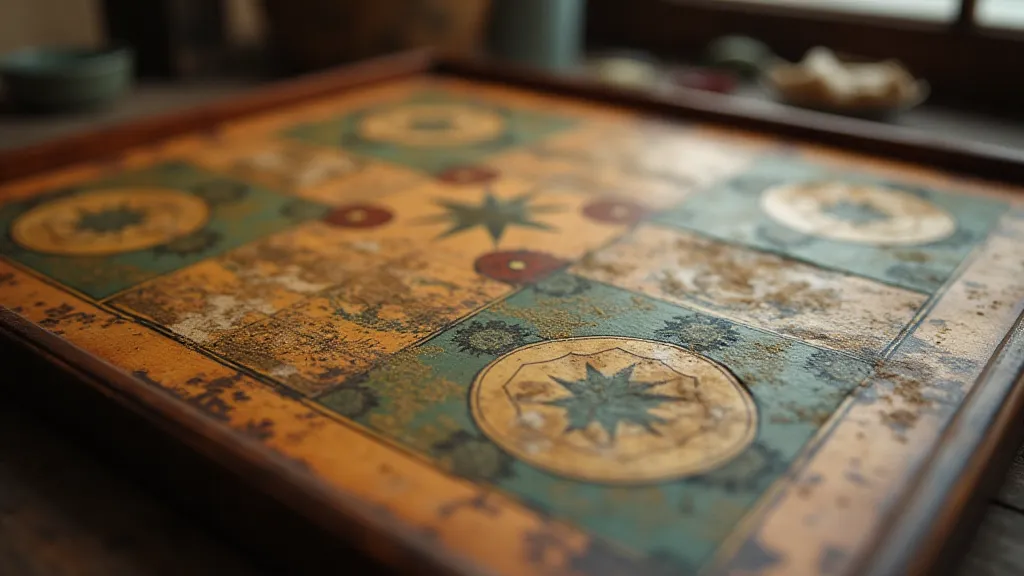
A History Woven into Cardboard and Dice
The history of board games is inextricably linked to the history of human civilization. From ancient Egyptian Senet to the Royal Game of Ur, these games reflect the social structures, beliefs, and values of their time. The 19th century saw a surge in board game popularity, coinciding with the rise of the middle class and a growing leisure time. Games became a crucial form of social entertainment, providing a welcome respite from the challenges of industrial life. Early games often served a moralistic purpose, like “The Mansion of Happiness,” which aimed to teach children virtues and guide them toward a prosperous and ethical life.
The Victorian era introduced increasingly elaborate games, reflecting the era’s fascination with travel, exploration, and fantasy. Games like "Journey Around the World" (1880) and "Checkers" (1860s) transported players to distant lands, sparking imaginations and fostering a sense of shared adventure. The craftsmanship of these early games was remarkable. The boxes were often adorned with beautiful lithographs, the game boards meticulously hand-painted, and the playing pieces crafted from wood, bone, or even ivory. These weren't mass-produced commodities; they were works of art intended to be cherished and passed down through generations.
The Enduring Appeal of Face-to-Face Interaction
In an increasingly digital world, where interactions are often mediated by screens, the allure of a vintage board game lies in its simplicity and its ability to bring people together in a tangible way. The act of physically handling the game pieces, the shared anticipation of a roll of the dice, the lively debate over strategy - these are experiences that cannot be replicated online. There’s a certain intimacy that arises from being physically present with others, sharing laughter and friendly competition, unburdened by the distractions of notifications and virtual connections.
I’ve noticed this firsthand within the vintage board game collecting community. It's not just about the games themselves; it's about the friendships forged, the knowledge shared, and the collective passion that binds us together. We gather at antique shows, swap games, and share restoration tips. The camaraderie is palpable, a testament to the enduring power of shared interests and face-to-face interaction.
Restoration and Preservation: Respecting the Past
Restoring a vintage board game isn't merely about repairing damage; it’s about preserving a piece of history. It requires patience, a gentle touch, and a deep respect for the original craftsmanship. Often, the greatest contribution is simply stabilization – preventing further deterioration. Replacing missing pieces can be challenging, but attempting to replicate the original design requires careful research and a keen eye for detail. Many collectors opt for conservation rather than full restoration, accepting the wear and tear as part of the game's character.
The value of a vintage board game is influenced by several factors: rarity, condition, and historical significance. Games that were produced in limited quantities or were particularly popular during their time command higher prices. Condition plays a crucial role; a game in pristine condition is far more valuable than one that has suffered significant damage. However, it's important to remember that collecting isn't always about financial gain; it's often about the joy of discovery and the satisfaction of preserving a piece of the past. A game with a fascinating backstory, even if slightly worn, can be far more rewarding than a mint-condition copy of a less significant title.
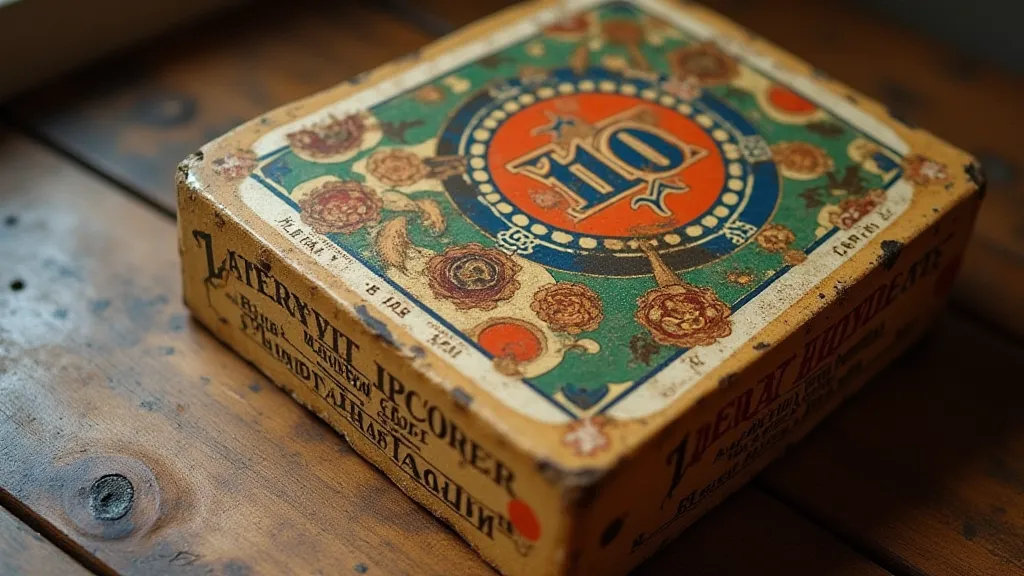
More Than Just a Game: A Legacy of Connection
Collecting vintage board games is more than just acquiring objects; it’s about safeguarding memories, preserving traditions, and fostering connections. It’s about rediscovering the simple joy of face-to-face interaction and celebrating the enduring power of shared experiences. Each game holds a story, a piece of the past that can transport us to another time and connect us with those who came before us.
Consider the families who gathered around these games decades ago, the laughter and friendly competition that filled the room. These games weren’s just a diversion; they were a conduit for connection, a way to build relationships and create lasting memories. By collecting and preserving these vintage treasures, we’re not just preserving objects; we’re preserving a legacy of connection, a tradition of shared joy that can be passed down to future generations.
The next time you open a vintage board game box, take a moment to appreciate its history, its craftsmanship, and the stories it holds. Remember that you’re not just playing a game; you’re participating in a tradition that spans centuries, a tradition of connection, laughter, and shared joy.
